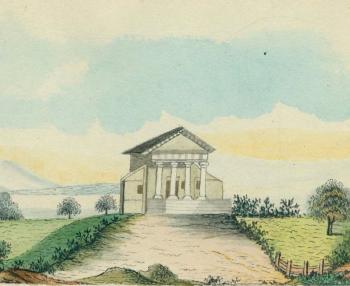Of all the early libraries founded in the American Colonies, Redwood Library and Athenæum is the oldest one still housed and operating in its original building. Redwood Library was the first major architectural commission of Peter Harrison. His Doric design, widely copied since then, was the first such use in the New World. Harrison, who had amassed the greatest private architectural library in the colonies, chose his designs for this building from among patterns reproduced in the pages of the most stylistically advanced architectural books of his day. The model for the Redwood Library, a Roman Doric temple with portico and wings, was probably derived from the headpiece of Book IV of Edward Hoppus’ 1735 edition of Andrea Palladio’s architecture.
The building is crafted of wood “rusticated” to look like stone. This was done to make use of native materials, while imitating the look of stone that was in accordance with the current English Palladian taste. The two small projecting wings of the façade provided for office space and allowed for four large windows on the front as well as three small “attic” windows. This was the view of Redwood noticed by Thomas Jefferson when he visited Newport in 1790 as Secretary of State in the company of President Washington. Jefferson began championing classical architecture as the model for public buildings in the new Republic. So it is that Redwood Library is possibly one of the most architecturally influential buildings in America.
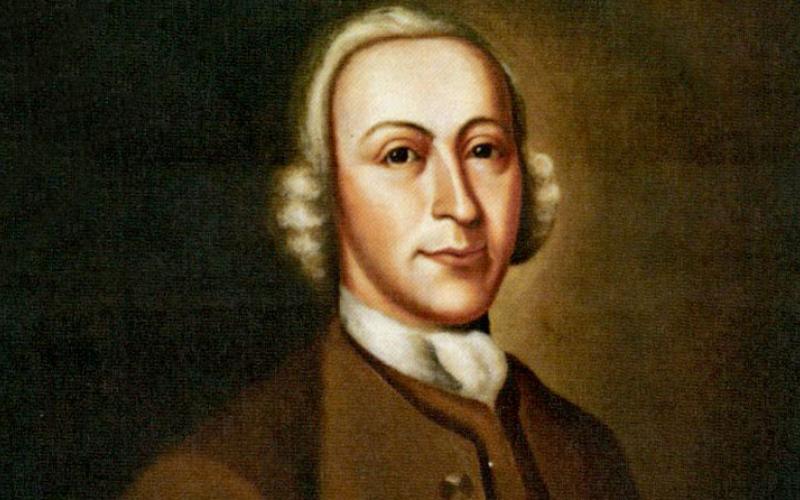
Peter Harrison (1716-1775), known as “America’s First Architect,” is considered to be the first professionally trained architect in America. His studies throughout Europe exposed him to classical designs and the growing Palladian movement of the time. Harrison’s genius lay in his ability to adapt these Palladian designs to fit the colonial environment
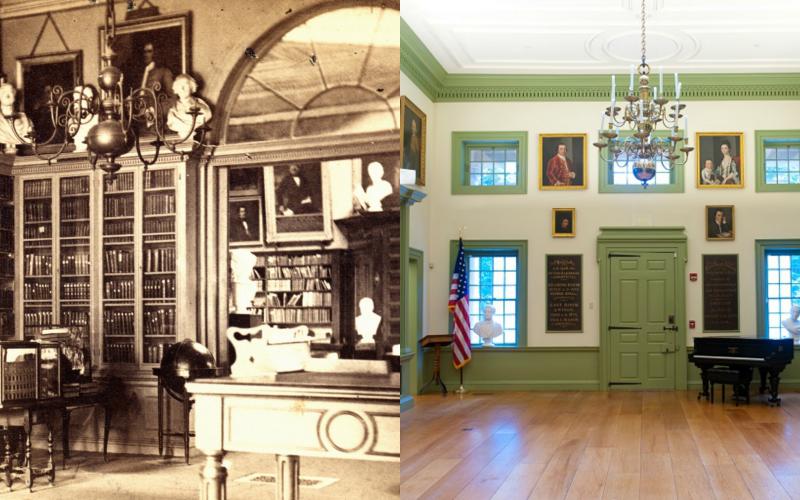
The Harrison Room is the main room in the original Redwood Library building, designed by Peter Harrison. This room has been in continuous use as a library since its completion in 1750. When the library opened, on each side at the front of the room, were small offices, one for the librarian, and one for the President of the Board. The Harrison Room was only lit by natural light from the windows, since any type of fire or coal-based lighting would pose a threat to the books.
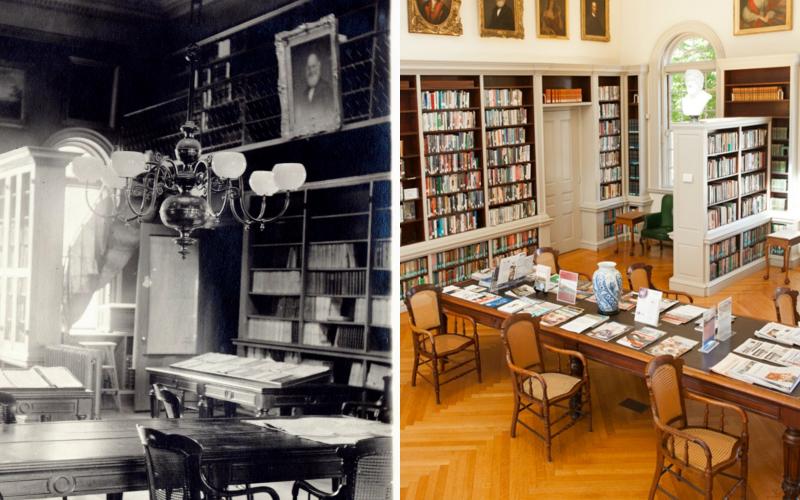
The Reading Room was the first expansion of the library, opened in July of 1859. George Snell of Boston, the architect for the new addition, removed the three Palladian windows from the east wall of the library and incorporated them into the south wall of the Reading Room. Three exact copies were installed on the north wall to balance them. It was George Snell’s practical idea to create two long narrow gallery rooms alongside the Harrison Room, connecting the new Reading Room with the littles wings
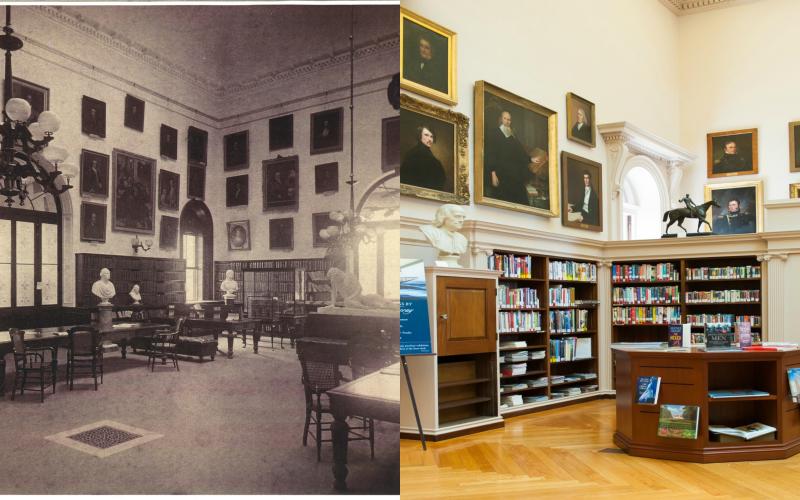
The second expansion to the library was the addition of our Delivery Room. George Champlin Mason was the architect of this extension, built in 1875. Like his predecessors, Mason designed the addition to harmonize with the original 18th-century building. The exterior façade is covered with olive stone cut to conform with Peter Harrison’s 1747 designs. The majority of Redwood Library‘s books were shelved in this room until the construction of the Perry Stacks in 1912.

